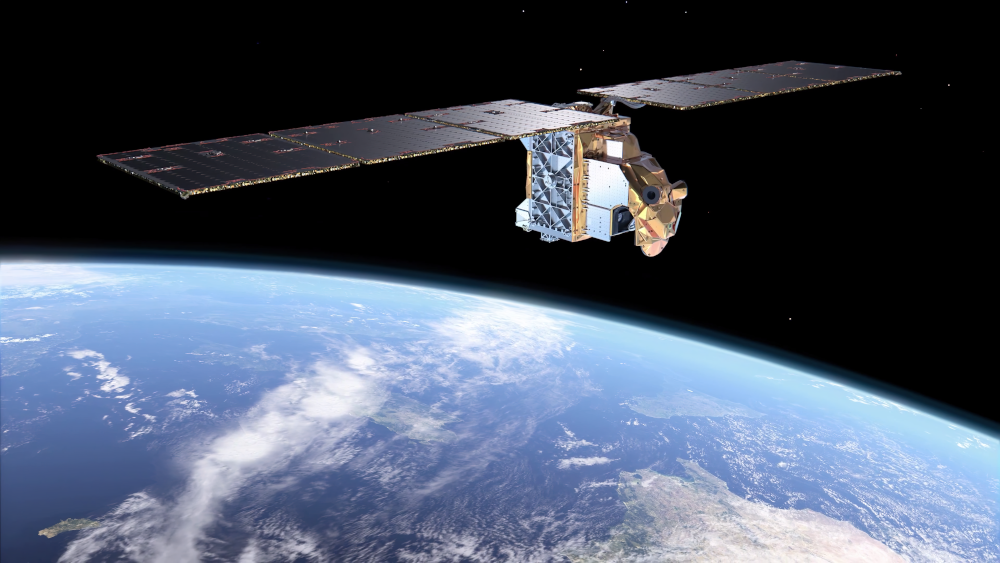 Photo: © ESA
Photo: © ESA
Performance evaluation of Arctic Weather Satellite data is an ESA funded project spanning four years and kicked off the 9th of December, 2021.
The overarching goal of the project is to perform an early evaluation of the Arctic Weather Satellite (AWS) data in the context of the regional Numerical Weather Prediction (NWP) modelling systems of the Nordic countries.
AWS?
The Arctic Weather Satellite (AWS) was launched into a sun-synchronous low earth orbit (~595 km) on August 16, 2024. AWS is a small satellite build for the European Space Agency (ESA). It carries a single instrument, a passive microwave radiometer, measuring the upwelling radiance from the earth-atmosphere system in 19 spectral channels (from around 50 to 325 GHz).
The industrial team of 31 companies from 12 different countries is led by OHB Sweden. OHB Sweden is the mission prime, platform provider and system integrator. Omnisys instruments AB is the Instrument prime and Thales Alenia Space provides the Ground Segment (incl. operations).
The AWS satellite, or the AWS-PFM (PFM=proto flight model), acts as a prototype for a larger constellation of small satellites, the EPS-Sterna programme. EPS-Sterna, being developed by the European Organisation for the Exploitation of Meteorological Satellites (EUMETSAT) and planned for decision 2025, requires the manufacturing of 20 AWS satellites and is supposed to always fly at least 6 satellites distributed over 3 orbital planes. Together with the IJPS system (EPS-Metop and JPSS) EPS-Sterna will result in almost continous high temporal MW data coverage globally, with a particular good coverage of the Arctic and high latitudes. Coverage over Scandinavia will have a time-to-coverage down to approximately 30 minutes over most of the day.